- Boards and Programmers, Boards, Modules and Accessories
Arduino Uno R3 SMD Board with Free USB Cable
– Compact Arduino Uno R3 SMD board with ATmega328P SMD microcontroller
– Free USB Type B cable included for plug-and-play programming
– 14 digital I/O (6 PWM) and 6 analog inputs for sensors and actuators
– Stable 5V operation, supports 7–12V input via barrel jack or USB
– Full Arduino IDE support and compatibility with standard libraries
– Durable surface-mount design ideal for classrooms, kits, and projectsSKU: n/a - Accessories, Boards, Modules and Accessories
Transparent Acrylic Case for Arduino Uno R3
– Crystal-clear acrylic for full visibility of your Arduino Uno R3 board
– Durable protection against dust, debris and light impacts
– Precision cutouts for easy access to USB, power jack, headers and I/O ports
– Ventilation slots to improve airflow and reduce heat buildup
– Easy assembly with included screws and fasteners
– Compact and lightweight design ideal for portable projects and prototypesSKU: n/a
Arduino Uno R3 SMD Board with Free USB Cable
In stock
– Compact Arduino Uno R3 SMD board with ATmega328P SMD microcontroller
– Free USB Type B cable included for plug-and-play programming
– 14 digital I/O (6 PWM) and 6 analog inputs for sensors and actuators
– Stable 5V operation, supports 7–12V input via barrel jack or USB
– Full Arduino IDE support and compatibility with standard libraries
– Durable surface-mount design ideal for classrooms, kits, and projects
₨ 950 ₨ 1,250
In stock
Arduino Uno R3 SMD Board with Free USB Cable
The Arduino Uno R3 SMD board is a compact, durable version of the popular Uno platform that delivers stable performance for beginners, hobbyists, and developers. With the ATmega328P soldered as an SMD (surface mount device), this board is built to withstand repeated uploads and classroom-level usage while remaining ready to program out of the box with the included USB cable.
What You Get
- 1 x Arduino Uno R3 SMD board (ATmega328P SMD)
- 1 x USB Type B cable (included)
- Quick start guidance and compatibility with Arduino IDE
Key Features – Arduino Uno R3 SMD
- ATmega328P SMD Microcontroller – Soldered for improved durability and compact layout.
- USB Connectivity – USB Type B port with cable included for easy plug-and-play programming.
- Full Arduino IDE Support – Works with standard Arduino libraries and examples.
- Digital and Analog I/O – 14 digital pins (6 PWM) and 6 analog inputs for sensors, motors, and relays.
- Stable Power Input – Operates at 5V; recommended input 7–12V via barrel jack or USB.
- Compact Dimensions – Approx. 68.6mm x 53.4mm, ideal for breadboards and enclosures.
Technical Specifications
- Microcontroller: ATmega328P SMD
- Operating Voltage: 5V
- Input Voltage (recommended): 7 6V to 12V
- Digital I/O Pins: 14
- PWM Channels: 6
- Analog Input Pins: 6
- Flash Memory: 32 KB
- Clock Speed: 16 MHz
- USB Port: Type B (cable included)
- Board Dimensions: 68.6 mm x 53.4 mm approx.
Designed for Real Projects
This Arduino development board is smooth to use, responsive during uploads, and excellent for classroom labs, starter kits, or DIY smart systems. The SMD chip reduces the risk of damage from frequent handling and keeps the board compact for tighter builds.
Ideal Applications
- Arduino projects starter kits
- Learning environments and classrooms
- Automation and IoT experiments
- Motor drivers, sensors, and relay control
- Beginners and intermediate developers
Getting Started – Quick Steps
- Install the Arduino IDE from arduino.cc.
- Connect the board to your computer using the included USB Type B cable.
- Select the Arduino Uno board and correct COM port in the IDE.
- Open the “Blink” example and upload to confirm operation.
Why Choose This Arduino Uno R3 SMD Board from Colgroad
At Colgroad, we provide makers in Pakistan with quality hardware at great value. This Arduino Uno R3 SMD version delivers reliable performance, convenience, and customer support. With a free USB cable included, you can start programming the moment it arrives.
Notes
Images are for illustration purposes only. The board is compatible with standard Arduino libraries and shields that do not require header changes. If you need support, Colgroad offers assistance across Pakistan for setup and troubleshooting.
5 reviews for Arduino Uno R3 SMD Board with Free USB Cable
Only logged in customers who have purchased this product may leave a review.
Vendor Information
- Store Name: College Road Electronics
- Vendor: College Road Electronics
-
Address:
Microwave Electronics, Basement Azhar Shaheed Plaza, DAV College Road
Rawalpindi
Punjab
46000 - 4.88 rating from 247 reviews
- Accessories, Tech Tools and Instruments
2.4GHz WiFi Antenna (2dBi) SMA Male Connector
– Optimized for 2.4GHz Wi-Fi, Bluetooth, ZigBee and ISM band applications
– 2dBi gain for improved short to medium-range signal coverage
– SMA male connector for easy plug and play installation
– 360° rotatable swivel design for flexible positioning
– Low VSWR and high-quality internal radiator for efficient signal transfer
– Durable ABS housing and corrosion-resistant connector for long service lifeSKU: n/a - Display Modules and LCDs
2.8 Inch SPI TFT Touch Display Screen Module (240×320)
– 2.8 inch full-color TFT LCD with 240 × 320 (QVGA) resolution
– SPI interface for reduced GPIO usage and easy microcontroller integration
– 4-wire resistive touchscreen with XPT2046 controller for stylus or finger input
– ILI9341 display controller offering 65K colors (16-bit RGB) and bright white LED backlight
– Wide operating voltage: 3.3V to 5V compatible for Arduino, ESP32, Raspberry Pi and other boards
– Works with common libraries such as Adafruit_ILI9341 and TFT_eSPI for quick developmentSKU: n/a - Boards, Modules and Accessories, Accessories
5V 2A Power Supply AC/DC Adapter
- Stable 5V DC output at 2A for reliable device operation
- Compatible with Raspberry Pi, Arduino, LED strips, and other small electronics
- Compact, lightweight design ideal for home, office, and travel
- Built-in safety: over-voltage, over-current, and short-circuit protection
- Energy-efficient design to minimize power loss and reduce consumption
- Standard wall plug compatible with most outlets
SKU: n/a - Boards, Modules and Accessories, Sensors And Modules
Automatic On Off Photocell Street Light Switch AC 220V 50-60Hz 10A
 Boards, Modules and Accessories, Sensors And Modules
Boards, Modules and Accessories, Sensors And ModulesAutomatic On Off Photocell Street Light Switch AC 220V 50-60Hz 10A
- Automatic dusk-to-dawn control: turns lights on at dusk and off at dawn.
- AC 220V operation with 50-60Hz compatibility.
- 10A load capacity suitable for many street lighting fixtures.
- Weather-resistant design for reliable outdoor use.
- Energy-saving operation reduces electricity costs and maintenance.
- Easy to install and compatible with new installations or upgrades.
SKU: n/a - DIY School Kits
T-M118 Voice-Activated Street Light DIY Learning Kit
– Voice-activated street light kit that responds to claps or loud speech
– Teaches sound sensor technology, analog-to-digital concepts, and basic automation
– Plug-and-play, no soldering required; suitable for classroom and beginners
– Includes microphone sound sensor, LED street light assembly, transistor, resistors, wires, battery holder, and manual
– Battery powered (DC 3V–5V) with low power consumption for safe student use
– Assembly time 30–40 minutes; ideal for STEM lessons, demos, and school projectsSKU: n/a - Incubator and Poultry Industry
20mm Ceramic Disk Kit for Mist Maker
- Durable 20mm ceramic disk for mist makers and ultrasonic humidifiers
- Produces ultra-fine, quiet mist in seconds
- High-grade ceramic resists corrosion for long-lasting performance
- Plug-and-play replacement compatible with most mist generators
- Ideal for humidifiers, fog machines, hydroponic systems, and fountains
- Simple installation with consistent, dense fog output
SKU: n/a

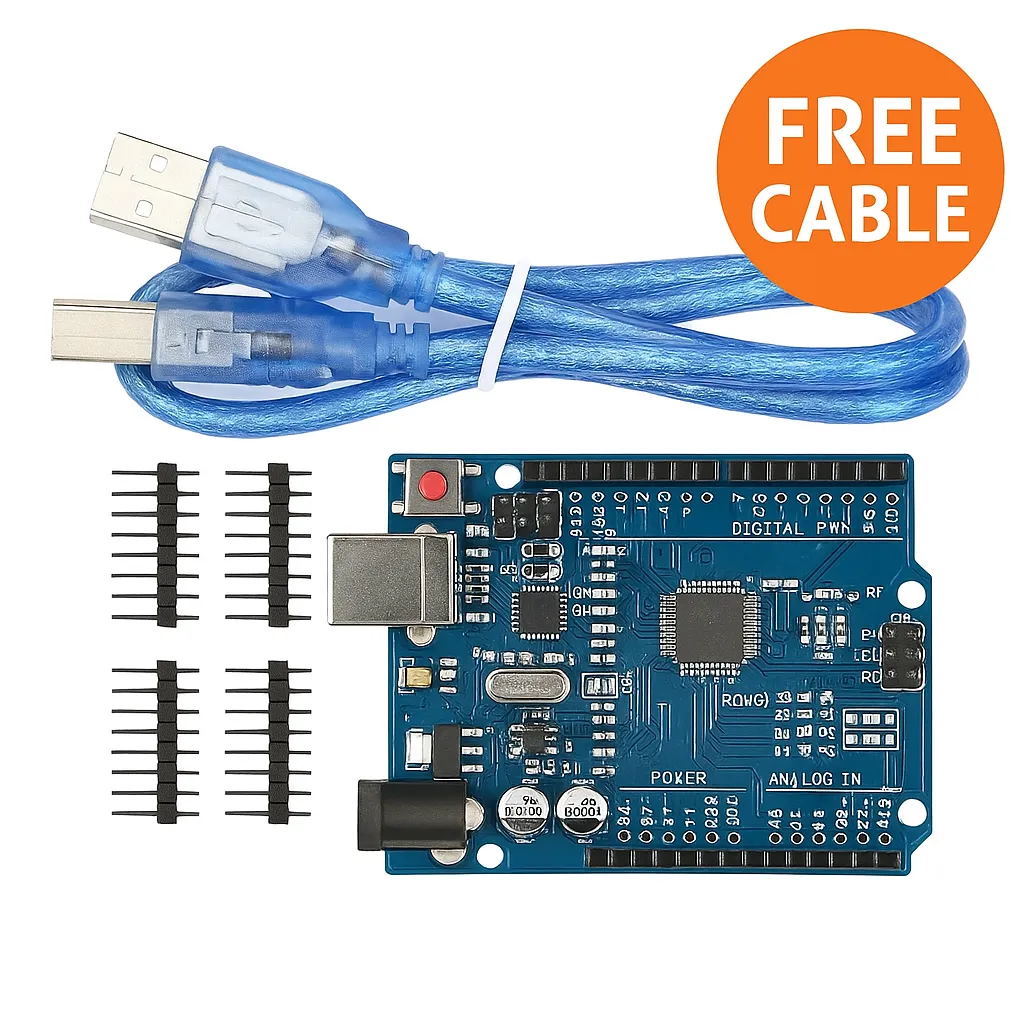
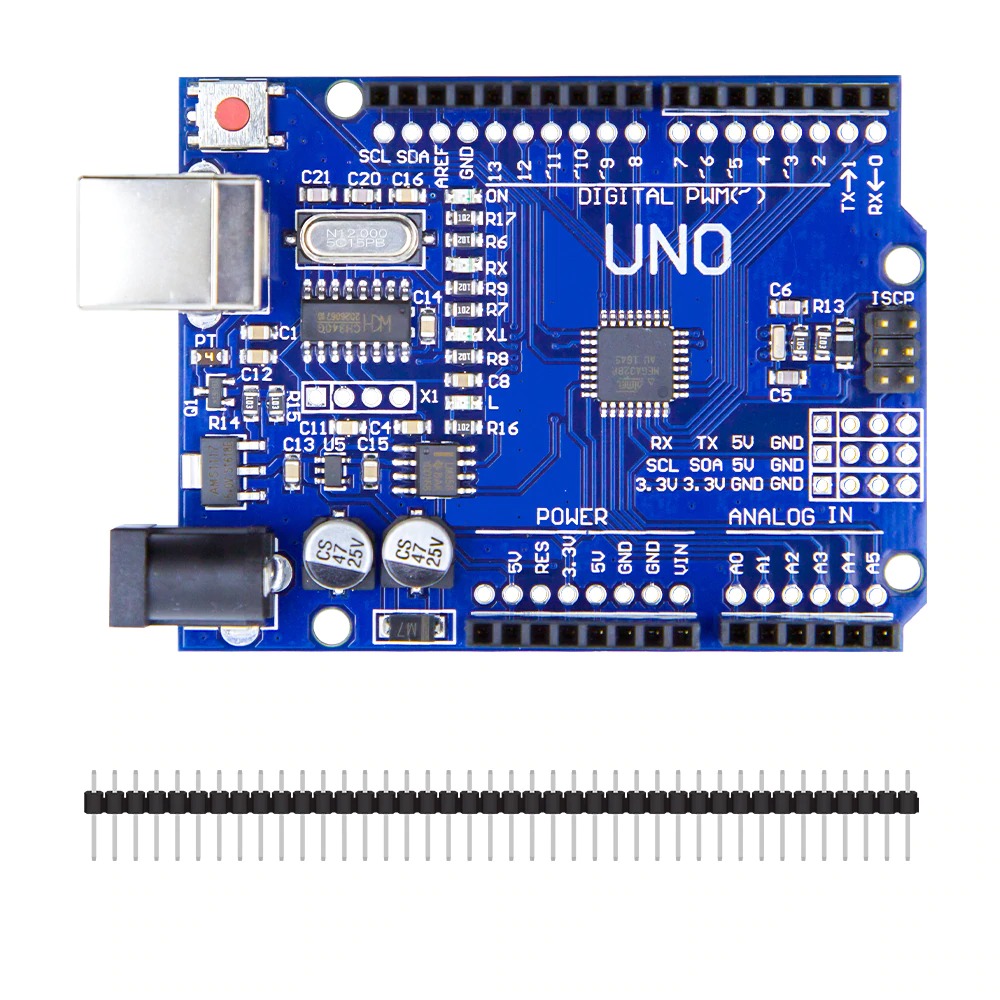
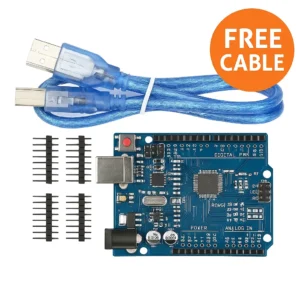
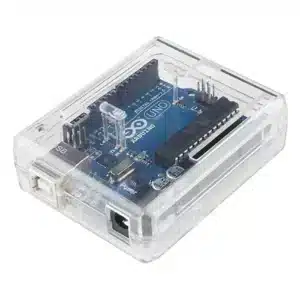

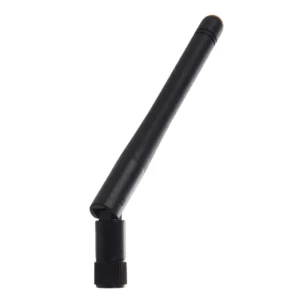
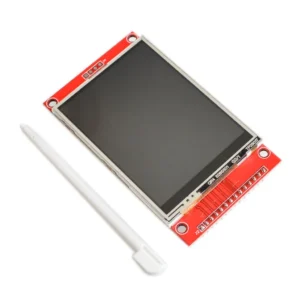
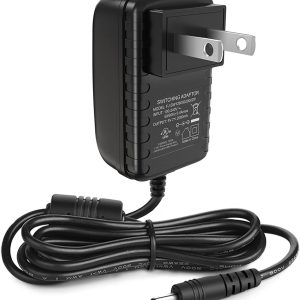
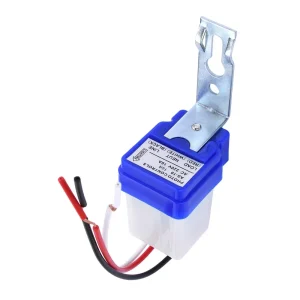
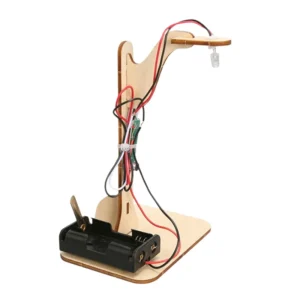
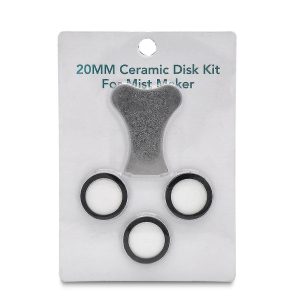
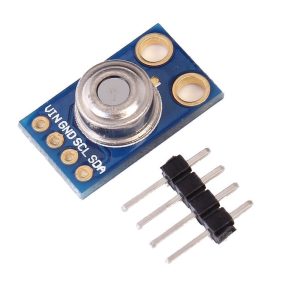
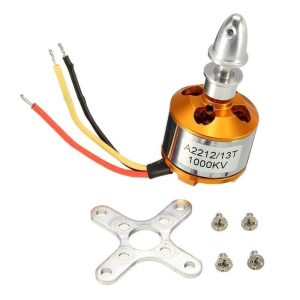


Muzzammil Imran (verified owner) –
Awsome this seller always gives the best products in very cheap price thanks for the products
Muzzammil Imran –
Tushar (verified owner) –
Tushar –
Haseeb (verified owner) –
Haseeb –
Abdul Momin (verified owner) –
Abdul Momin –
Ahsan Sajjad (verified owner) –
Ahsan Sajjad –